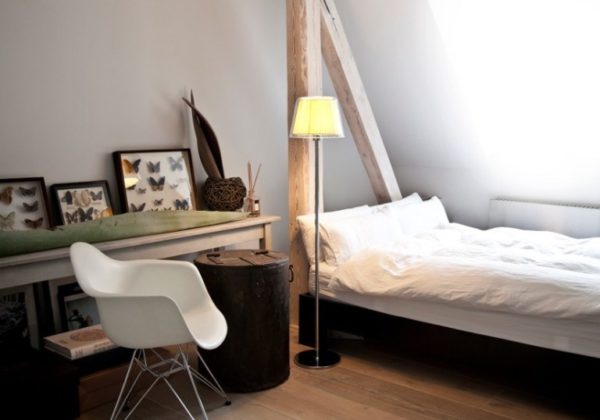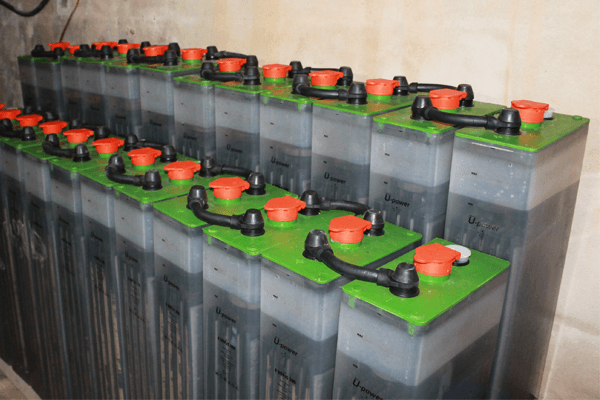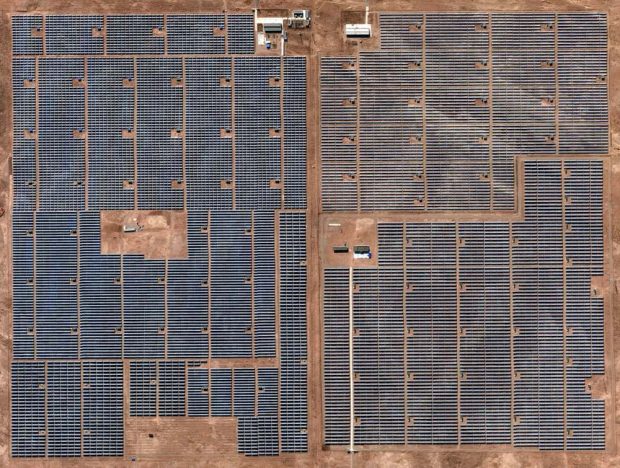SOLAR PANELS FOR HOME
If you want to be able to be of the people who benefit from solar energy, and want to know how you can install your own solar panel, since we want to promote independence and wisdom together with renewable energies, we are talking about solar panels for home.
When considering the possibility of installing a photovoltaic solar system for your home, you should keep in mind several factors that we will analyze below.
If you consider solar panels for the home, you should basically know the following:
1- What is the energy consumption required by your home?
2- How many solar panels are needed for a house?
3-How much does it cost to install solar panels in a house?
4- What is the useful life of solar panels?
5- What is the return time of the investment?
Now we are going to base why it is convenient to install solar energy in your house, we will see the benefits of solar panels.
Everything you need to know before buying solar panels for your home
If you feel tempted to buy or rent solar panels for your home, seduced by the promises of electric energy savings, before assuming a commitment, evaluate the company, the product, costs and obligations, recommends the Federal Trade Commission.
This federal agency gives you a series of recommendations whether you decide to buy or rent the panels. Both options involve making a purchase or sale contract for at least 20 years.
What happens when you put solar panels in your home to produce energy is that you buy less electricity from the utility company.
It is not that you are not going to pay anything to the electricity supply company for your light consumption, but according to the Department of Energy, most houses with solar panels get at least 40% of the energy through this system.
The amount to continue paying for electricity depends on the energy produced by your panels and the energy you consume in your home.
Credits on your taxes?
If you buy solar panels you could receive credits on your taxes or other financial incentives that offset the initial cost.
If you decide to rent the solar panels, you may have lower monthly fees, but the credits and incentives are borne by the company that owns the system.
Does solar energy suit me?
To determine this, first check your electricity bill to see how much you spent last year and how much you paid. See what part corresponds to the measured electricity or kilowatt-hours and how much to the distribution costs. Although when you install the panels you reduce the electricity consumption, you will continue paying for the distribution or administrative costs.
Maybe before deciding to make a major purchase of solar panels, it is convenient to look for how to reduce the consumption of electricity in your house and make sure you have insulation against extreme temperatures.
Analyze how much time you plan to live in your home. Solar panels are designed to remain installed in your home for at least 20 years. Find out what impact the panels will have at the time you want to sell your house.
If you buy solar panels, you could pay with a home equity loan or get financing through the installer, a bank or financial company.
You may have access to a state or local funding program to repay your loan through your property tax bill.
If you are looking for a loan, ask how much you will pay in advance, the annual interest, how the payments are calculated, if the monthly installments are fixed, and if the lender can establish a collateral pledge on your house or mortgage.
Nelson Santiago of Consumer Action, a consumer advocacy organization, gives basic advice to those who plan to buy or rent solar panels, any promises made by sellers or the company that remains in writing.
How to plan the installation of solar panels in the home
Leaving the conventional electricity grid to use only solar panels requires more than money and courage, and it is important to plan things well. Join us in this note, where we rethink the planning stage.

What is important to consider when thinking about installing a solar panel system or » photovoltaic » is the objective you want to achieve and have an idea of the final values of the entire system and then evaluate if it is sustainable. Do I want to run my entire house with solar energy? Maybe I want to feed only a part or if I just want to have a light in a certain place.
Every system of solar panels is amortizable in the long term. If we want to feed an entire house with solar energy, it will be amortized longer than if we plan, for example, to feed only the light of a room.
The initial investment of a house entirely fueled by solar energy is so high that is why they are so few in the world in relation to energy from the state network.
In developed countries there are houses with solar roofs that are also connected to the state distribution network, so when there is energy left over it is reintegrated into the electricity system causing the cost to decrease (Argentina is still out of this list of countries).
In this article we will use basic values to feed a room in sunlight and put values on the table that will clarify what is the investment and what we need. Based on this we can draw our conclusions on whether we decide to extend the installation even to the entire house.
We leave for another item the most consumed products such as a washing machine, an iron or an air conditioner for example.
Room
To illuminate a room of 2.5 x 2.5 meters with a height of 2.60 meters in good light we need about 14 watts (w) of power in technology.
The LEDs always work at 12 volts. Let’s say that we are going to use the light of the room about 4 hours per day, then 14 watts of our luminary multiplied by those 4 hours of consumption gives us 56 watts a day.
Luminary
We already know that we have to buy a 14 watt LED lamp for our room.

Solar panels
We are now going to choose our solar panel and we choose one that charges 14 watts per hour of sunlight per day, so with 4 hours we will be able to use that energy at night. There is no need to worry about falling hail because all the panels have tempered glass.
Very important ! As we know that during a sunny day there are more than 4 hours of sun … the surplus load will serve to balance the cloudy days where although the solar panels charge, the process is slower. It also helps us to have excess load for when we want to exceed the 4 hours of average light chosen for this example.
Then we need a battery that stores the charge and a regulator.
Battery, regulator and cables

To calculate the capacity of our battery Imagine an unfavorable scenario, a week with 3 cloudy days. The panel loads little and we need to use that battery power – that is, our LED luminaire consumes 56w a day. 56 watts for 3 days gives us an energy of 168 watts that we have to store. The account indicates that we will have to have at least one 168-watt battery and since the batteries are sold in amps we can buy a 14-amp battery, which is the same as 168 watts. Also, if we want to have more stored energy we can buy one with more capacity.
The regulator is a device that is placed between the solar panel and the battery , and its basic objective is to protect the battery from overloads by the variability of the solar power on the panel.
Both the cables that connect the panel with the regulator and the battery and the luminaires must have adequate diameters ( usually thick ), since as the solar installations handle 12 volts, if we put thin and long cables we can have voltage drops that translate into inefficiency of the entire system. For this installation example, a 4mm diameter cable can be fine.
Costs
- Solar panels of 14 w (the standard model is 20w) 700 $
- Controller $ 500
- Battery 18 amperes 12v -1400 pesos
- Cables 4mm length 9 meters bipolar (two cables attached) 234 $
- 100 $ security fuses
- Panel support 300 $
This gives a total of $ 3234. If we multiply by 5 rooms, we could already light a house perfectly by investing $ 16,170. We realize that this value is amortizable in the medium term, comparing it with current electricity rates.
Therefore it is advisable to build a small system and then expand it to the entire house. After amortized, the rest is savings. Would you put panels in your house?




